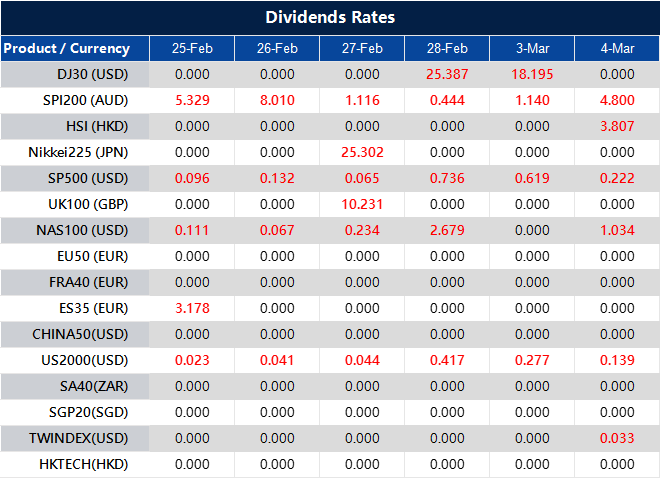Goldman Sachs predicts a rise in copper prices to a range of $10,500 to $11,500 per ton. The firm anticipates deficits of 180,000 tons in 2025 and 250,000 tons in 2026.
They expect copper prices to breach $10,500 per ton in the first quarter of 2026. However, the firm believes that the price will be limited to a maximum of $11,500 per ton.
Goldman Sachs sees a tightening copper market over the next two years, driven by growing shortages. The firm projects a supply gap of 180,000 tonnes in 2025, widening further to 250,000 tonnes in 2026. With demand still increasing, they believe this will lift prices above $10,500 per tonne by early 2026. That said, they don’t see prices climbing indefinitely, as they expect an upper boundary at $11,500 per tonne.
The forecast suggests that supply constraints will strengthen as production fails to keep up with consumption. Mining delays, lower ore grades, and limited expansion in output are all factors that could keep supply tight. At the same time, demand remains firm, particularly from sectors such as renewable energy and electric vehicles, both of which rely on copper for infrastructure.
Given these conditions, short-term price moves may be more volatile as traders adjust to shifting expectations. Sudden changes in supply forecasts or economic data could push prices higher or lower in a short period. Longer-term investors may position themselves in anticipation of supply deficits supporting higher prices, but not exceeding the levels outlined by the bank.
Market participants should also watch for policy shifts that might influence demand. Any government initiatives related to infrastructure, energy transition, or trade restrictions could add support to the bullish outlook. On the other hand, signs of economic slowdown might lead to temporary pullbacks.
While some might expect prices to overshoot, Goldman Sachs maintains that increases will remain contained within their projected range. If market conditions remain as expected, traders should see the price move towards the lower threshold before testing higher levels as shortages deepen.












